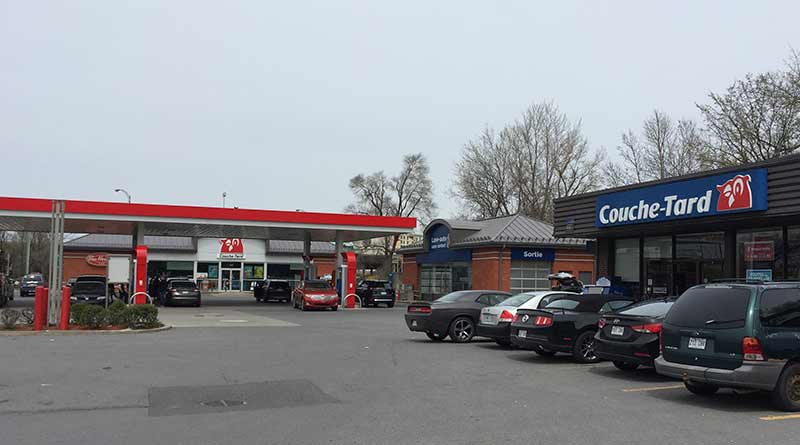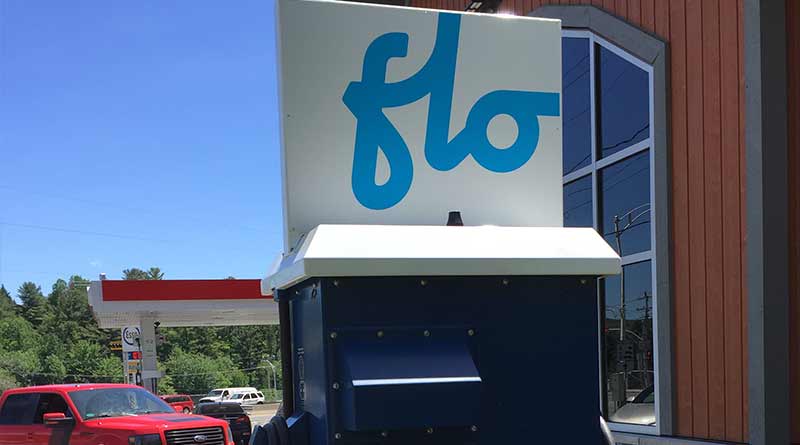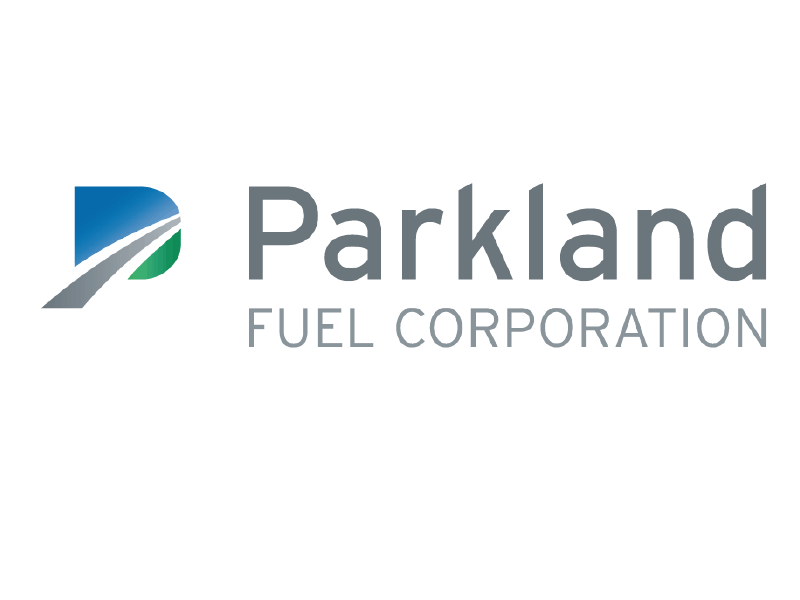Between Marché Express And “Multifuel” Sites, Harnois Keeps Its Options Open
More than a year and a half has passed since Imperial Oil has announced the sale of its Esso Marché Express service stations to five companies across the country including Couche-Tard, Parkland and Harnois in Quebec. The latter acquired 36 Esso Marché Express service stations while Couche-Tard bought close to 300, of which 50 were in Quebec. But when Couche-Tard, immediately after the acquisition, converted its new sites under its banner without losing time, the 36 Marché Express site acquired by Harnois have still not changed a bit. Harnois is still pondering about how to best integrate this network into its existing portfolio of banners, but indicated that it will take a decision soon.
This is basically what the company confirmed last Monday to DepQuébec when questioned about what their plan with these assets knowing that the Saint Thomas oil distributor already enjoys a portfolio of two well-established banners, Le magasin, its house brand of depanneurs with about 40 stores as well as Quali-T, a c-store banner obtained in the wake of the Petro-T acquisition two years ago.
What to do with Marché Express?
Harnois undoubtedly faces three possible choices: to keep the Marché Express banner, to replace it for its own banner Le magasin or its second one Quali-T. Of these three choices, the second one seems most likely. Indeed, the Marché Express banner is currently an intellectual property owned by Parkland, which acquired it and its English counterpart, On the Run. Harnois confirmed to DepQuébec that it can continue to use this brand for some time. However, it is difficult to see how Harnois would retain it since, on the one hand, this banner is in decline in Quebec with the loss of some fifty sites converted to the Couche-Tard banner and on the other hand, why the heck paying a fee to a third party when you already enjoy your own banners?
On the other hand, we can also understand what makes Harnois hesitate. The Marché Express banner works well and changing banner will not have a significant short-term impact on sales. All this while the conversion costs of a convenience store are relatively high when multiplied by 36 (the outdoor sign but also a good part, if not the whole interior setup design must be upgraded). We are talking here of millions of dollars. Moreover, the impulse to convert these banners makes sense only if it is part of a long-term critical mass strategy, which Couche-Tard is pursuing successfully with now nearly 600 stores in Quebec under the same banner. But in the case of Harnois, a critical mass is still a long way off and by just adding 36 convenience stores Le magasin to a network that has forty can generate benefits on a very long-term scale only while encurring significant short-term costs.


“Multi-fuel” stations for an “energy transition”? Meaning…
The purchase of the 36 Marché Express service stations by Harnois was an expensive investment for the company, correctly described as “the most important in the company’s history”. Although the price of the transaction has not been disclosed, as Harnois is an independent private enterprise, it can easily be deducted from the cost paid by Couche-Tard, which must disclose such information being a public company. Couche-Tard paid $ 1.68 billion for 279 gas stations, or about $ 6 million apiece. The same price applied to Harnois means a transaction of $ 216 million. Even by removing $ 1 million per site on average or even more to be conservative (and because the sites acquired by Harnois seem to be generally less busy than those acquired from Couche-Tard), Harnois had most likely paid between 150 and $ 200 million for these quality sites, most with Tim Hortons restaurant or other.
It is not surprising then to have asked the support of some external investors: through an injection of $ 45 million, the Caisse de dépôts et placements du Québec ($ 30 million in the form of share capital) and the Fonds de travailleurs de la FTQ ($ 15 million $) came to the aid of Harnois. And among the factors that seem to have motivated the Caisse is the commitment made by Harnois to the deployment of electric charging stations, the electrification of transport being a priority of the present government. Conventional gas stations, to this day, have not shown any interest in charging stations, but only Harnois has consented recently, with the addition of stations at four sites.
The idea behind this vision, according to the Caisse, is to focus on “the development of multi-fuel sites” that could be put in place “over the next two years.” And what the heck is a multi-fuel site? It includes charging stations as well as propane and natural gas supply. As far as charging stations are concerned, Harnois has announced the installation of a few (but not in the Marché Express sites acquired) and according to what we can see, they are far from being overly popular, although Harnois told DepQuébec that according to their supplier FLO, “the average use at the Sainte-Adèle site is comparable to that of the others stations installed in Québec ” and that it is used by “electric car motorists every day “.

It is true that as the stations have been installed recently, it is still early to draw conclusions, as mentioned by the company’s spokesperson, Elisabeth Karam. But several elements make us believe that Harnois is far ahead of its time: the small number of electric cars (barely 14,000 in Quebec on a fleet of 4.5 million vehicles), the fact that most owners are equipped with charging stations at home and also, the long duration of the recharge (the slowest takes about an hour and a half) whereas most depanneurs are not equipped with a waiting room. It is therefore not very interesting to contemplate chocolate bars or the surrounding concrete’s beauty for long minutes while your vehicle is being recharged. As long as the technology is not improved, good old gas will still be best for saving time!
Harnois, for its part, reiterated that the new charging stations are part of its vision of a multi-fuel network in Quebec: “The addition of devices for propane and compressed natural gas is still under consideration. If all goes well, we will be able to make an announcement for the auto-propane service over the summer,” said CEO Serge Harnois last May.
This concept of multi-fuel stations is obviously a good idea on paper but its reality check remains to be made. For it is not for no reason that the big oil companies divested their retail network: the margins are just too small. Gas stations are very difficult to make a profit on. In other words, offering new fuels is all very nice, but it won’t last too long if it ends up not being profitable.
Harnois is a dynamic and fast growing oil distributor that is definitely very interesting to follow. Its increasingly important diversification as a convenience store operator represents an immense management challenge. Should it demonstrates the viability and relevance of its distinctive “multi-fuel” business model, fine. In the meantime, Harnois is most certainly pleasing the Caisse, which is already a plus.






